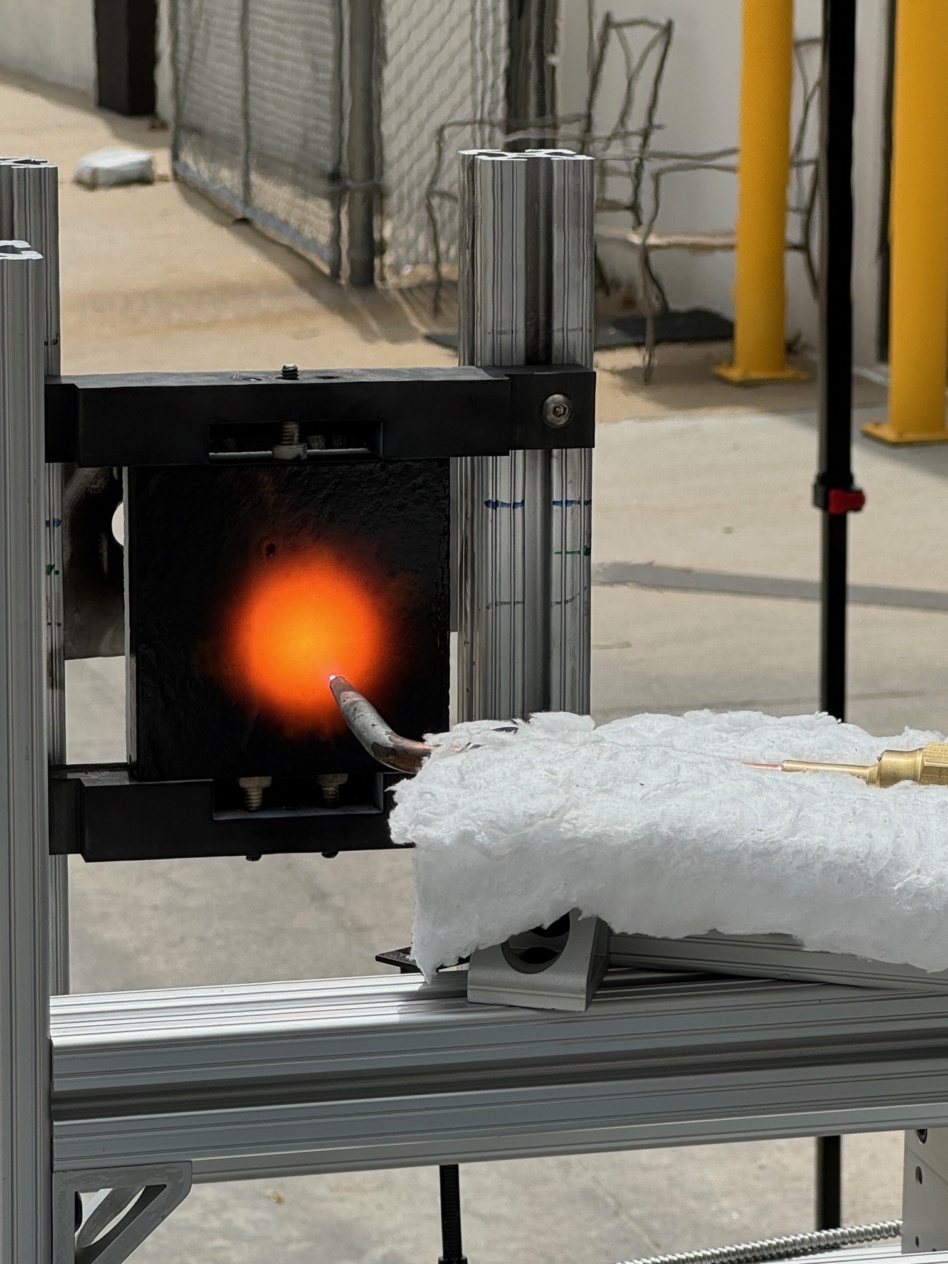Canopy Aerospace won $2.8M in Air Force contracts to continue development of its innovative thermal protection systems, the company announced today.
History lesson: Since its founding in 2021, Canopy—a startup working on ceramic thermal protection systems—has raised $4M to commercialize the heat protection tile tech that was used on the space shuttle program, according to Will Dickson, Canopy’s chief commercial officer.
But when it began to do so, it found that the supply chain and skilled workforce that thrived during the shuttle era had been decimated, and that the “old-school artisanal” process of making the heat shield tiles was too slow for commercial operations, Dickson said.
The details: Canopy is using additive manufacturing to address these issues and is specifically focused on two main initiatives that the contracts are supporting:
- A transportation-cooled system made possible by additive manufacturing that pushes liquid out along a vehicle’s leading edge, essentially allowing the vehicle to sweat. The evaporation of that liquid creates a barrier to keep it cooler.
- A sensor embedded in the heat shield tiles, allowing engineers to better measure temperature and the strain placed on the material, even in a plasma-filled environment, to provide better data about the conditions.
The bottom line: According to Dickson, an improved supply chain and better efficiency in heat tile manufacturing could have wide ranging effects for all companies whose products need protection from high temperatures.
“If we have a sustained supply base of people constantly innovating on material systems manufacturing processes, a future capsule maybe costs half as much,” he said. “These companies like Sierra Space and Varda…get their value from integrating and flying stuff, not making raw material components. We want to grow in parallel alongside these systems.”
What’s next? Dickson said the company could expand its offerings to other products, including electromagnetic thrusters, which use ~10 ceramic parts per vehicle. Canopy has already tested its ceramic thrust liner component with propulsion startup Phase Four.




